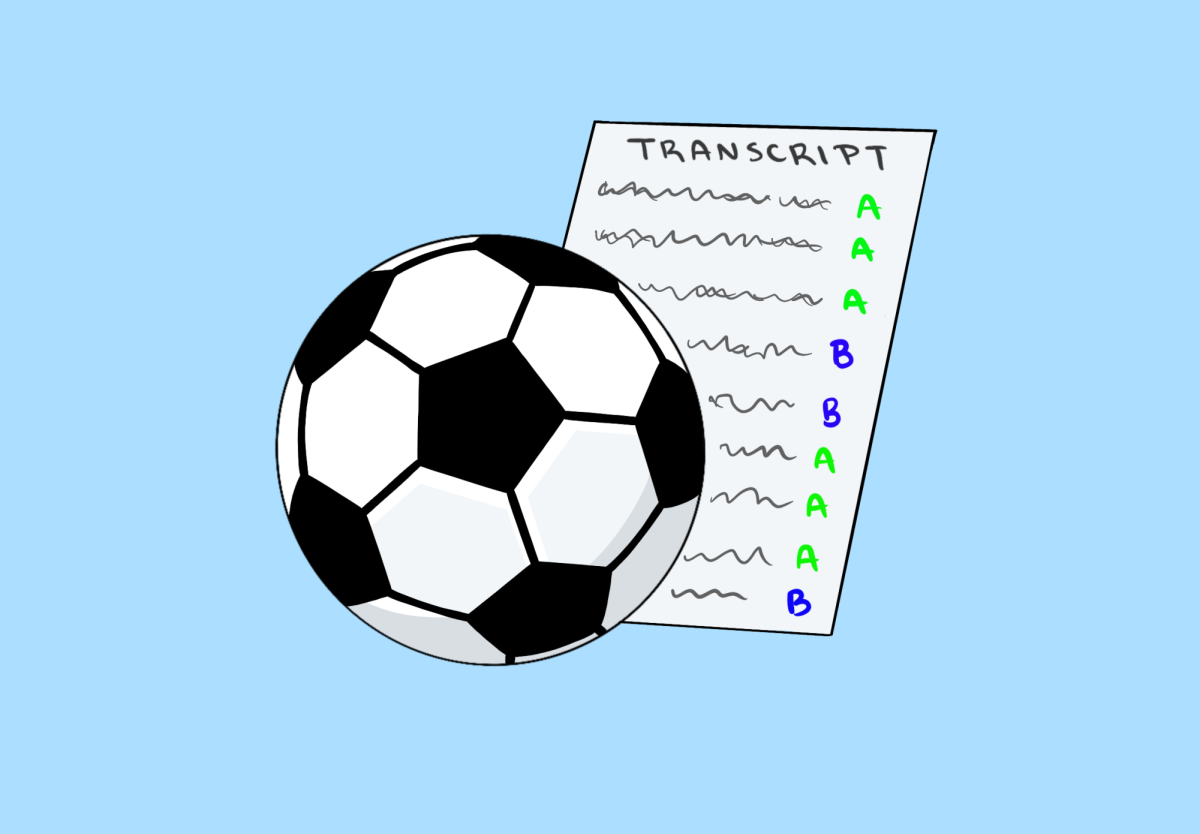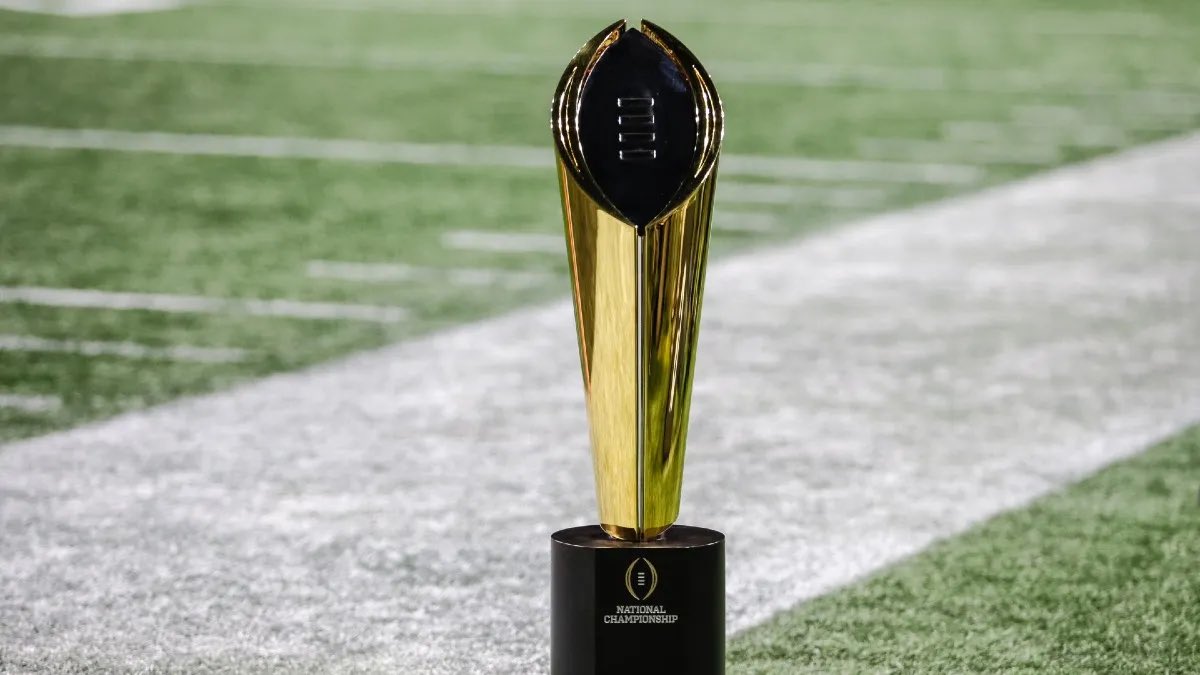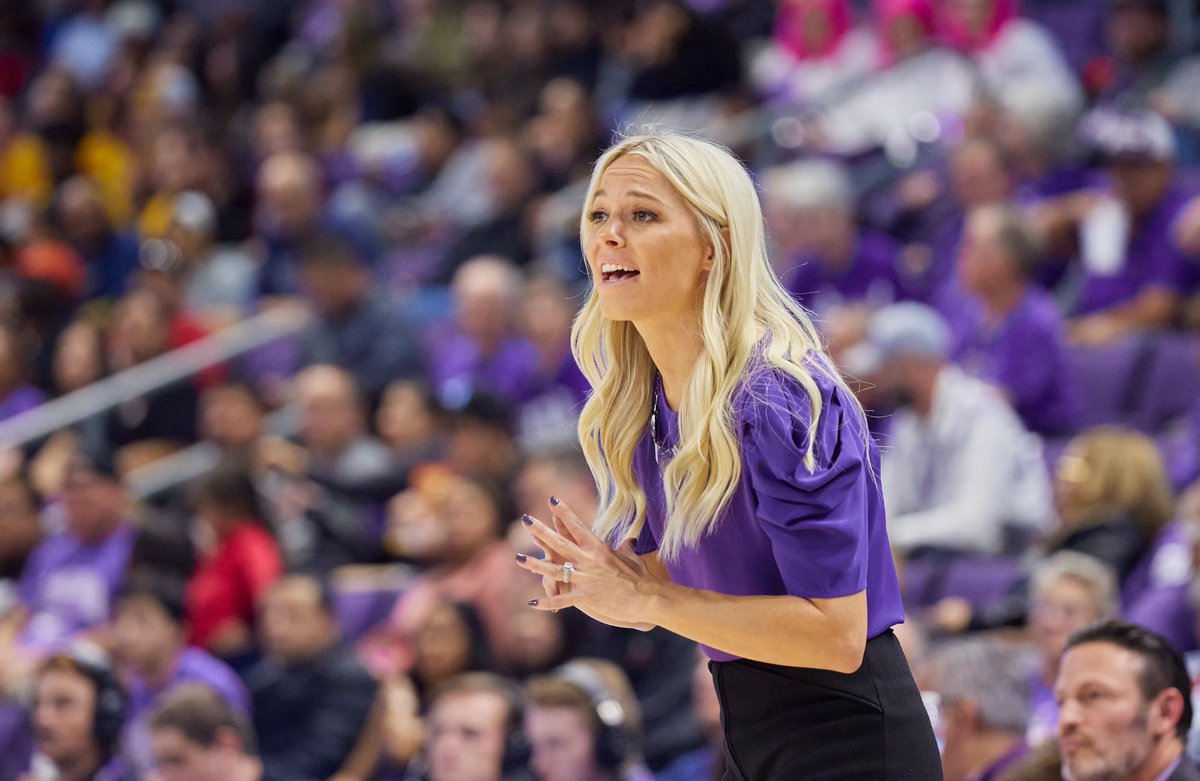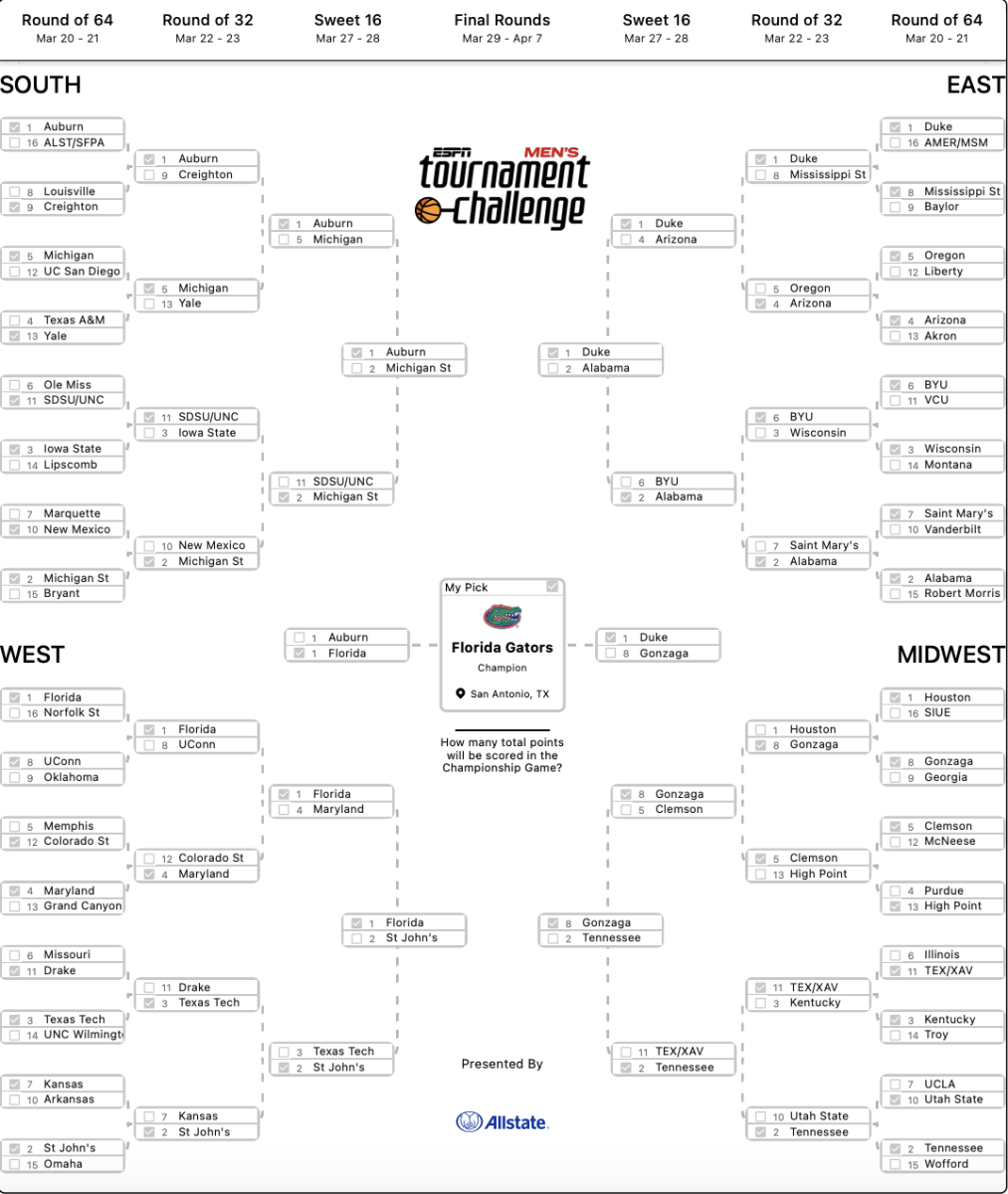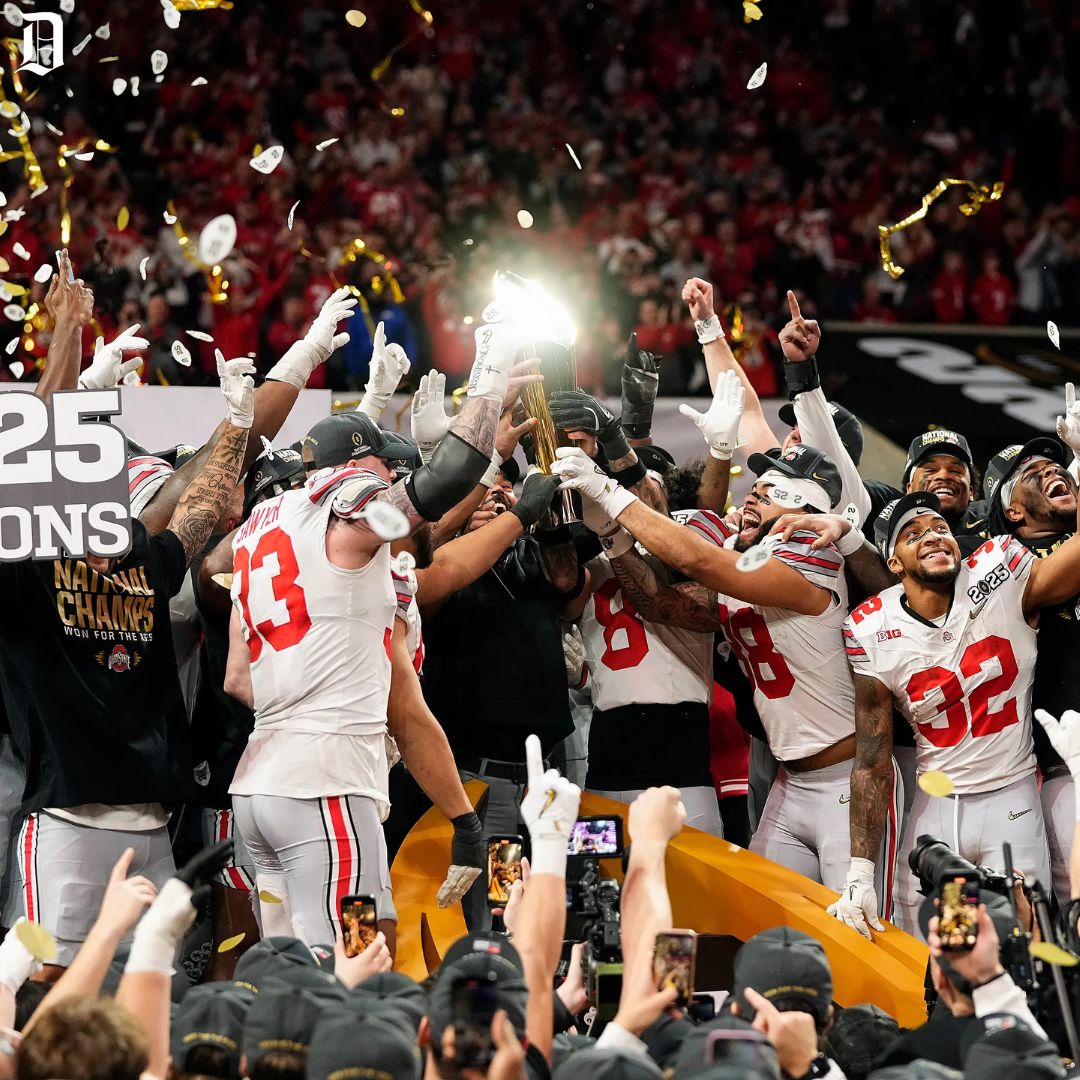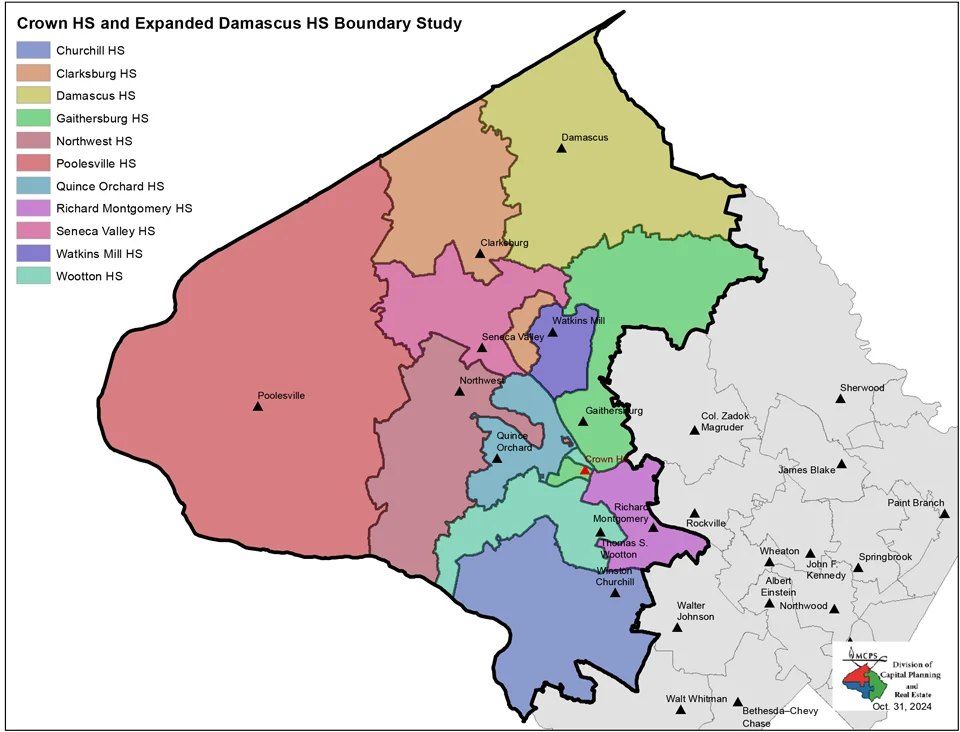Many seniors in high school have an idea of what they want to pursue post-graduation, whether it’s attending university, getting a job or chasing a passion. However, another option is available for prodigious high school athletes — playing their sport at the collegiate level. But with new factors such as name, image and likeness or what life looks like beyond college, choosing a school that’s the right fit is far from easy. Considering Whitman’s reputation as an athletically dominant school, many student-athletes must decide each year whether to commit to a college for sports or turn down the opportunity to play on a collegiate level. As of now, 11 Whitman students in the class of 2025 have already committed to schools for sports.
At the beginning of the commitment process, college recruiters typically consider thousands of prospective athletes through introductory emails sent in by student-athletes. Due to the high amount of competition, athletes reach out to coaches as early as possible, usually in their sophomore and junior years, to gain an advantage over other recruits. According to Whitman student-athletes James Skipper and Sammy Berman, club coaches are the main support system for many athletes, as private club organizations often have networking opportunities with colleges that high school coaches can’t provide for prospective recruits.
Skipper, a senior, officially committed to Brown University in his junior year for diving, but his recruitment process started many months prior.
“In June of my sophomore year, my coach and I emailed about 20 different recruiters, with a list of my academics, [diving] statistics, a video link and why I love diving,” Skipper said. “A couple of weeks later, I had a phone call with about five or six of them.”
The next step in the process is campus visits, where the students can better understand what they are looking for in a university’s program. The visits usually consist of a campus tour, allowing the athlete to get an impression of the team. Athletes will then talk to the coach and get an idea of the recruiting process timeline. In some cases, on-site offers will be made; otherwise, offices may reject student-athletes. After visiting potential schools, student-athletes must take the full initiative in narrowing down the school they want to attend and then reach out to the coaches again.
The road to recruitment is filled with constant back-and-forth communication, waiting periods and difficult decision-making, all on top of regular high school academic pressure. Picking a school or waiting to hear back from a coach is when the athletes feel the most stress, said senior Sammy Berman, a University of Maryland baseball commit.
“The hardest part was waiting,” Berman said. “I think it takes a lot of patience and it’s a really stressful process, but once you get through it, it’s a lot easier on the other side.”
After the waiting period subsides, picking a school becomes the new pressure. Financial aid, location, population, and athletic division all greatly factor into where student-athletes choose to spend the next four years of their lives. When deciding on a school, athletes also have to look at the academic fit and rigor of the university. Picking between a Division One, Two and Three school may seem like an easy decision, but athletes must also consider how the school will help foster their professional career outside of the sport.
“I felt that I might as well use my really niche sport to my advantage to get into a school that I wouldn’t get into otherwise,” Skipper said. “Having the opportunity to go to a school where I could really challenge myself academically and get the same level of diving led me to choose Brown.”



